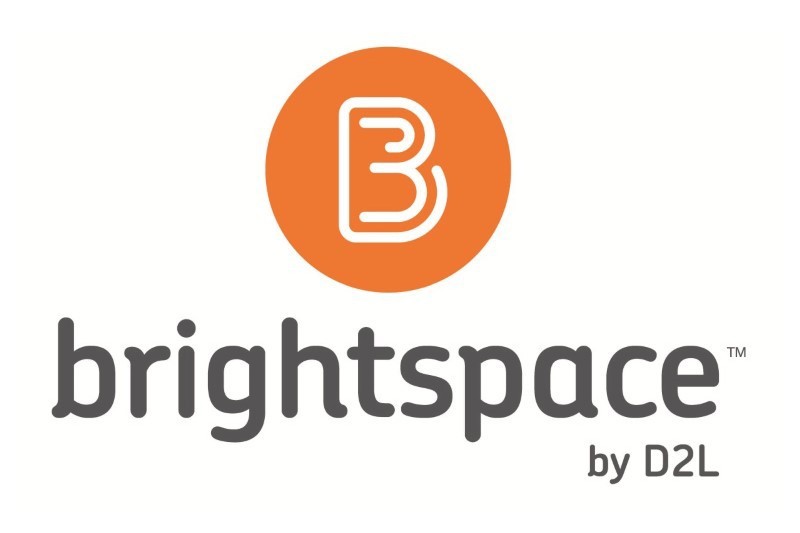The learning management software Brightspace will replace Sakai by the fall of 2020. Photo
The transition from Brightspace to Sakai will be completed for the fall 2020 semester
The University of Rhode Island’s learning management system (LMS) transition from Sakai to Brightspace has begun, and some students will begin to use Brightspace for their classes as early as next semester.
The LMS task force, comprised of professors, information technology (IT) staff and administrators, began their search for a new system last year. They examined many different interfaces and ultimately accepted a bid from Brightspace at the end of April.
According to the Chair of the LMS Task Force, Kathleen Torrens, the task force has since disbanded. Torrens is working directly with IT staff for successful implementation.
Spring 2020 will see the first array of online classes utilizing Brightspace, according to Torrens. The timeline has been slowed due to the implementation process, but a few online programs will be using Brightspace next semester.
Before disbanding, the task force published a timeline to the University website outlining the migration plan in which Sakai will phase out and Brightspace will become the primary resource for students. By summer of 2020, the full implementation is scheduled to be complete. By fall 2020, all courses will be running in Brightspace and Sakai use will be completely stopped by the end of 2020.
“The full implementation will be available to faculty by January,” Torrens said. “At which point we’re going to start offering trainings and workshops and all kinds of things to start getting people up to speed.”
The timeline of implementation has been slightly delayed from what was originally published online. Torrens said this was due to Brightspace’s other clientele, as URI is not the only University they’re responsible for.
“They’re kind of fitting us in places rather than our timeline being number one for everybody,” Torrens said. “It’s not their top priority. The benefit of us being delayed is that we’re able to do a lot more concrete planning, so it’s going to be much more robust when it actually comes to pass.”
One of Torrens’s fears of transitioning systems is faculty not taking the transition seriously by not attending in-person informational sessions or watching online tutorials.
“The people who think that they’re just going to kind of leap into Brightspace and treat it like Sakai are going to realize that they don’t know what they’re doing,” Torrens said. “Then, at the last minute, they’re going to be looking for help from us. But we’re going to do our best to encourage people to learn how to use the system, and learn how to use it well and efficiently.”
Torrens is excited about the transition process. According to Torrens, Brightspace is a much more attractive interface and increasingly more user friendly than Sakai.
“I just learned how to use Sakai, so now I have to learn how to use something else,” sophomore Paige Chakouian said. “The only thing I fear about professors with a new system is submitting work and them losing it because they don’t know how to work it. It happened to me previously. I feel like if that’s going to happen then it’s going to be bad.”
Sophomore Katherine Blake is also fearful that professors won’t learn how to use it proficiently, resulting in issues throughout the semester.
“If my teachers learn how to use it proactively it won’t be a big deal because I’ll be learning it at the same time,” Blake said. “It’ll kind of just be like we’re freshmen again, learning how to use Sakai. For me it won’t be a big thing because I’m pretty good with technology. I do think it may be a problem for people who don’t learn how to use it and it becomes a problem throughout the semester.”
The Brightspace informational sessions will begin early next semester online and in person, designed for faculty and staff.

